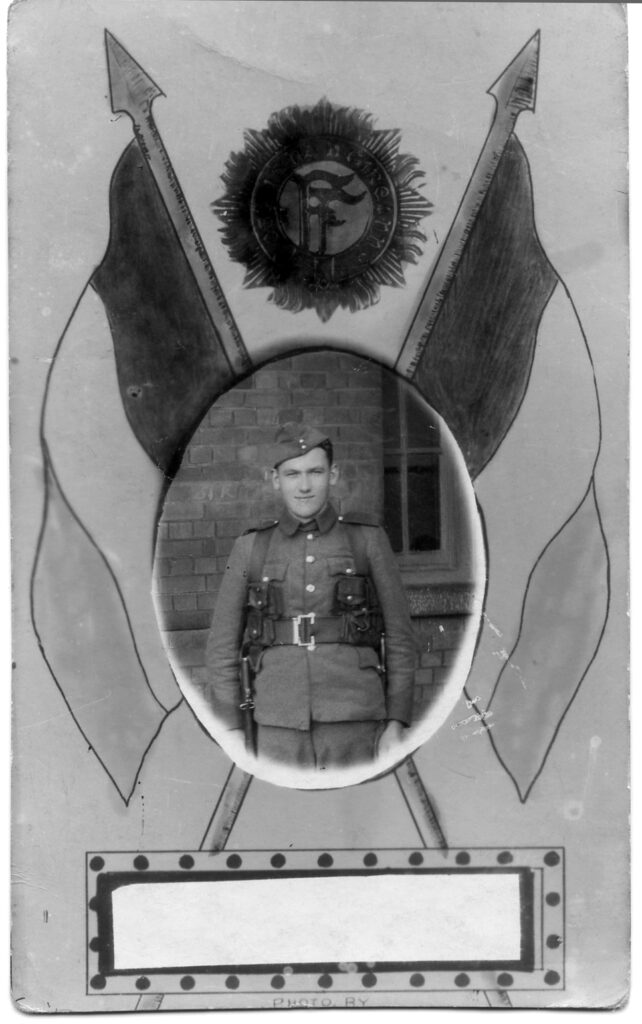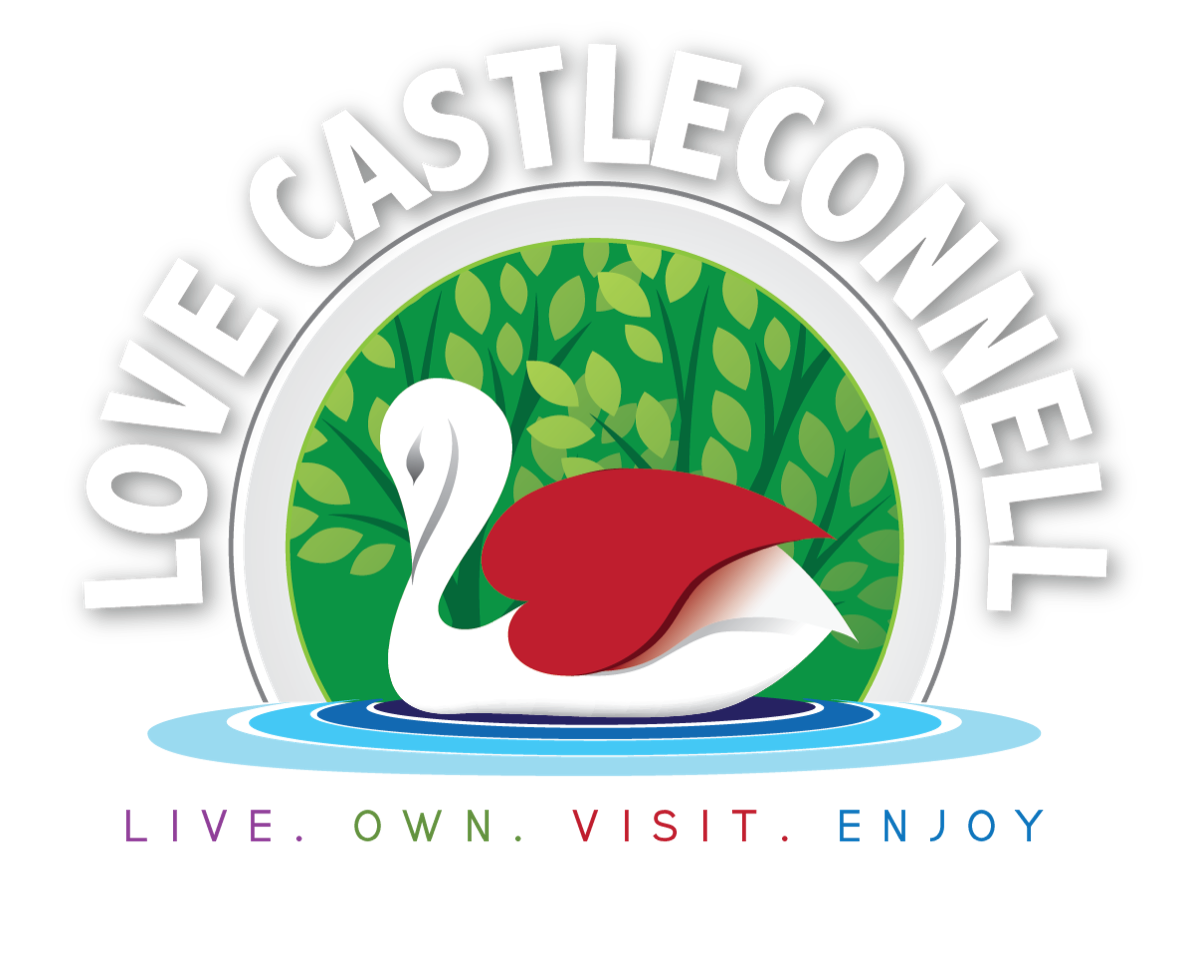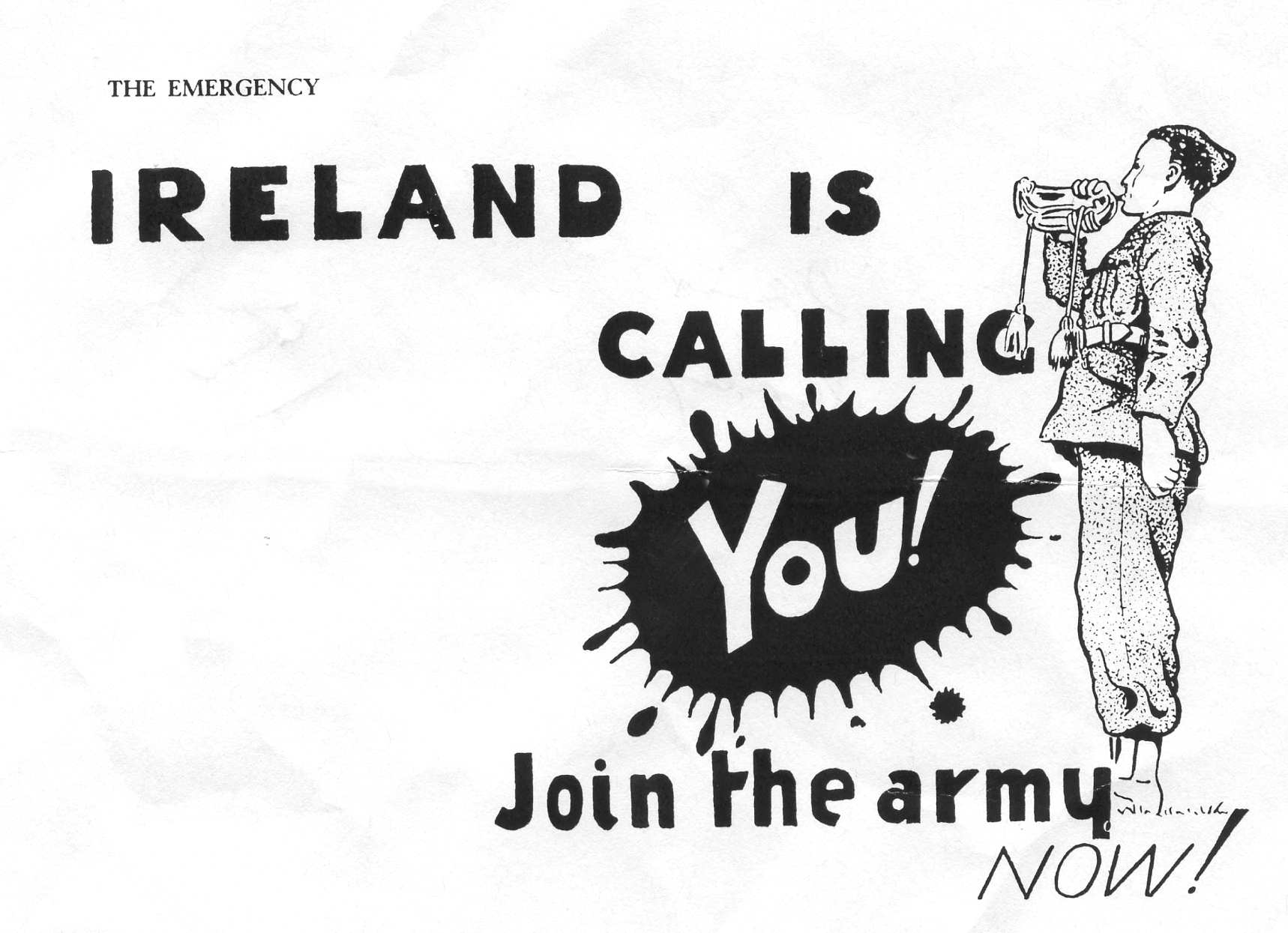My name is Denis Geary. I was born in 1920 and reared in Charleville, Co. Cork. I turned 16 in 1936 and although Ireland was now a republic and free from English domination, unemployment was at an all-time high. I joined the Irish Volunteers but left after a short while and went to England to look for work. Then World War II broke out in 1939 and I decided to return home.

I was not home very long, when I received a letter from the Irish Army to sign up for the annual month’s training at the Curragh. (All listed volunteers got one). My brother was a soldier up there, so I got on the train at Glanmire and headed for Kildare.
Not long after I arrived there I and many others, were told that we were now in the Army for the duration of WWII, 7 years in all. We did not have a choice in the matter. Thirty thousand of swelled the ranks of the Irish Defence Forces at that time. There was a constant air of tension as censorship was rife and we were told very little.
After a period of training at the Curragh, during which many of us lived in tents, we were transferred to Charles KIckham (later McCann) Barracks in Templemore in 1940 and after a period of intense training there, the 12th Desmond Infantry Battalion of the Irish Army was formed and I was given the rank of Corporal. We were eventually ready to march and I was very happy the day we left McCann Barracks as it was not a very pleasant place.
On a warm summer’s day in 1941, about a thousand of us marched 42 miles from Templemore to Castleconnell. Although weary and footsore, I remember thinking that it was the most beautiful place I had ever seen. I soon learned that the purpose of our presence in Castleconnell was to guard some of the nation’s vital installations in the giant powerhouse at Ardnacrusha and the huge dam in O’Brien’s Bridge, Co. Clare. As Castleconnell was situated between the two, it was the obvious place to station a command.
The 12th Desmond Infantry Battalion was divided into 5 companies, A, B, C, D and E. I served with D company for the first few months and then I was transferred to Headquarters where the Intelligence Section was formed. There were twelve men in that section, two corporals, a sergeant and a Lt. Officer. I was transferred to Shanacloon House where I remained for the rest of my time in Castleconnell. All of the Intelligence Section had motorbikes and we always went out in convoys and delivered dispatches to Cork, Dublin and elsewhere. We also had to learn the different insignias and organisation of the German and British armies. I was a corporal in that section. While I was billeted in Shanacloon House, many of the soldiers had to make do with hastily constructed huts which were freezing cold during the harsh winters of those years.

I quickly settled into life in Castleconnell and with all my comrades, followed the strict regime of army life. The day began at 6am. We got up, washed and shaved and then went on check parade. Next, we went into breakfast which consisted mostly of bread and butter and the odd egg and rasher. The Army was reasonably fed because of the nature of the work they were engaged in. We were training all the time and the locals got used to the early morning parades and military exercises. Many of the soldiers spent the summers in the bog, saving turf to alleviate the shortage of fuel. I hated this work and avoided it like the plague! One of my duties was to travel to Sarsfield’s Barracks in Limerick to deliver turf from the local bog.
I found life in Castleconnell very pleasant and I would love to have lived there. I remember visiting Ryan’s Shop at the top of the street and Scanlon’s Pub on many occasions. I remember the sporting events held in Dolin’s field especially the hurling matches. Rival Battalions often lined out against each other and sometimes Ahane were the opposition. We also had shooting competitions and the locals were delighted when the marksmen of the 12th won three All Ireland Shooting Titles in 1944.
Mass was very important, so we swelled the congregation to overflowing every Sunday. When we were off duty, we sometimes walked into the Rink in St John’s Pavilion in Limerick. I remember a girl dancing in hob-nailed boots there, such was the shortage of footwear, like so many other commodities during those years.
I met a girl form Nenagh, while I was stationed in Castleconnell. She worked in Hodkinson’s Hotel and we started going out together. I often called to Nenagh to see her, however, when the war ended, we went our separate ways.
One of the main events in Castleconnell during the War years was the building of the footbridge and while I was not involved in its construction, I remember the interest and excitement in its progress and eventual completion.
As the war years progressed, many of the soldiers got bored and discontented with the mundane nature of their work and also with the pay in Ireland (13 shillings and 2 pence per week) so a number of them dissented and joined the British Air Force before D Day. The pay was much higher there. There were military police on trains all over Ireland, trying to catch deserters. When the war ended in 1945, many of us were demobbed. I left Castleconnell and headed for Dublin where I spent five years working as a brick layer before going to England in 1953. I have lived there ever since.
I got married and raised a family. I also built up a Hotel business which became my life’s work. I never forgot those happy years in Castleconnell though and a few years ago, I went back there to revisit old haunts and old memories. I’m very glad I did!
Denis Geary

